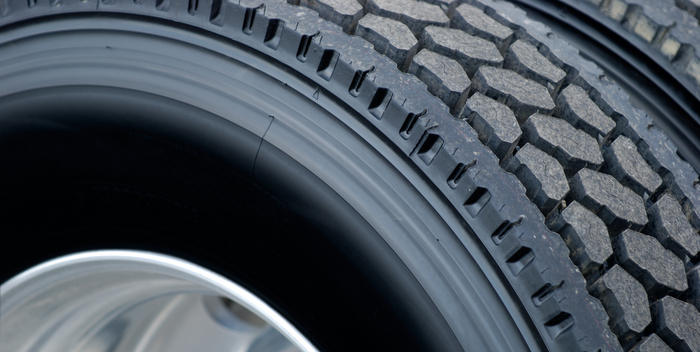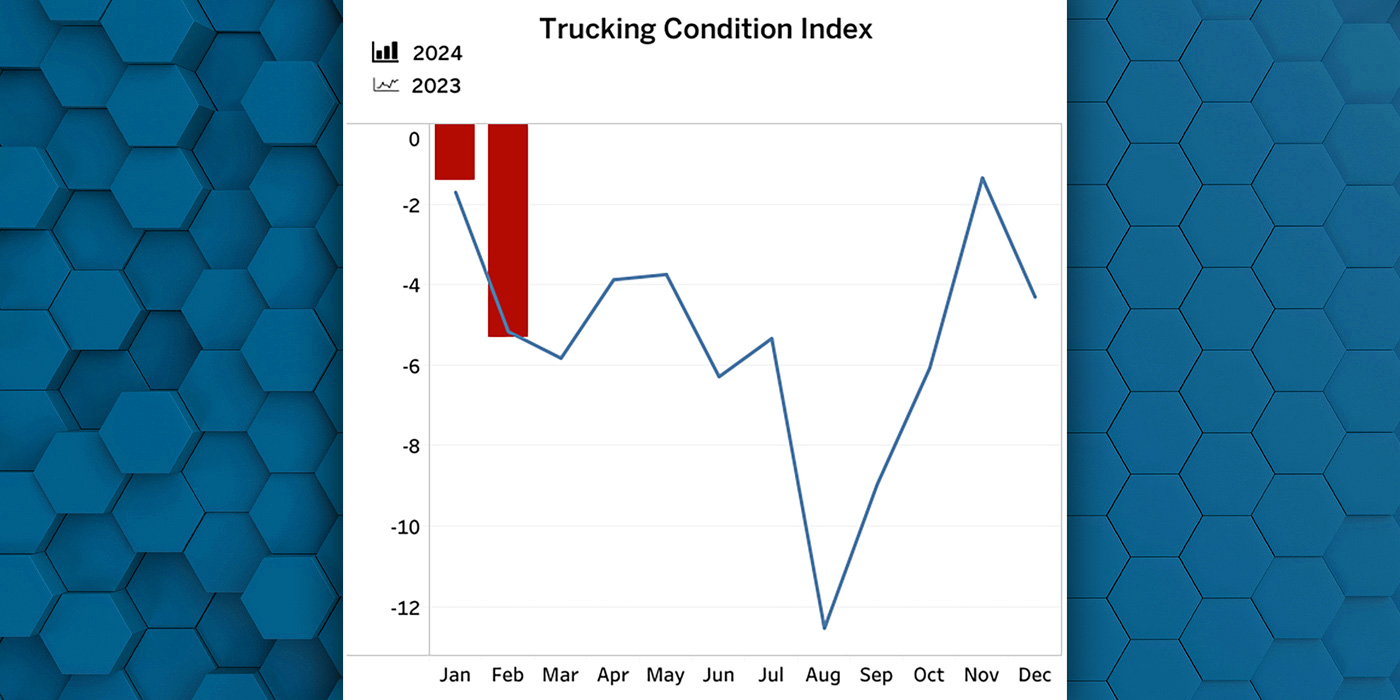Tires are a major expense for every fleet. Fleet maintenance managers are always working to optimize tire programs and reduce costs. More than 85% of fleets retread in order to lower tire cost per mile. The cost of a retreaded tire varies based on many factors, including tread design, tread depth and specific compounds. However, the bottom line is that the cost of a retread is anywhere between a third and half the cost of a new tire. So, fleets need to understand how to maximize and protect casings to ensure they can get one, two or even three retreads per casing.
Today, retread plants utilize high-tech processing equipment to manufacture a state-of-the-art product. It is not always easy to tell a retread from a new tire. Working with your retread vendor to ensure that they fully understand your fleet’s specific casing specifications will go a long way in maximizing the number of successful retreads. Every fleet has targets when it comes to casing age limits, number of nail hole repairs, number of section repairs and overall casing standards. These targets should be reviewed on a regular basis since they may require tweaking based on analyzing scrap pile tires. If your goal is two retreads per casing and scrap tire pile analysis reveals that the majority of those second retreaded casings are coming out of service with a large amount of tread still remaining, then you may need to revisit the casing retread policy. Over time, the casing can only absorb so much heat before durability issues develop. It does not make sense to retread a casing a second or third time if it still has plenty of tread remaining when it comes out of service.
Fleets often make the mistake of running tire treads too far down. The legal limit for steer tire tread depth is 4/32-in. and 2/32-in. for drive, trailer and dolly tires. Running the tread down to the legal limit is great for reducing cost per mile, but you need to look at the big picture over multiple retreads. Casing damage due to cuts, stones and punctures will occur much more frequently when there is little tread remaining, which leads to reduced retreadability. Overall tire traction is also reduced when running tires with little tread remaining. Total casing cost per mile over multiple retreads is the key metric. The more retreads on every casing, the lower the overall cost per mile. Protecting the casing is the key to success.
Heat is a tire’s worst enemy. When a casing gets hot due to running heavy loads, high speeds and underinflation (the worst case scenario), the rubber starts breaking down, which leaves a casing that will not survive the retreading process. A good tire program should set tread depth pull points that make sense. Retread vendors can provide data that correlates removal tread depth with the success of retreading each casing. They can issue casing analysis reports to optimize tire retreading programs.
Training drivers and technicians about inspecting tires will go a long way to protect tire casings. A pre-trip driver walk-around can pick up low tire pressures, which can lead to excessive heat build-up and reduced retreadability if not corrected promptly. Looking for sidewall damage and tread area punctures, followed by making the appropriate repairs, can save a valuable casing from the scrap pile. While inspecting tires, look for irregular wear, which if identified early and corrected, can ensure the tires will not need to be removed from service prematurely.
Evaluate your tire program regularly with your tire supplier and retreader to ensure you have all the right pieces in places for optimized retreads and maximized tire removal miles. This also helps maintain optimum fuel economy—tires that run smoothly with even wear at the correcttire PSI always get the best fuel economy.














